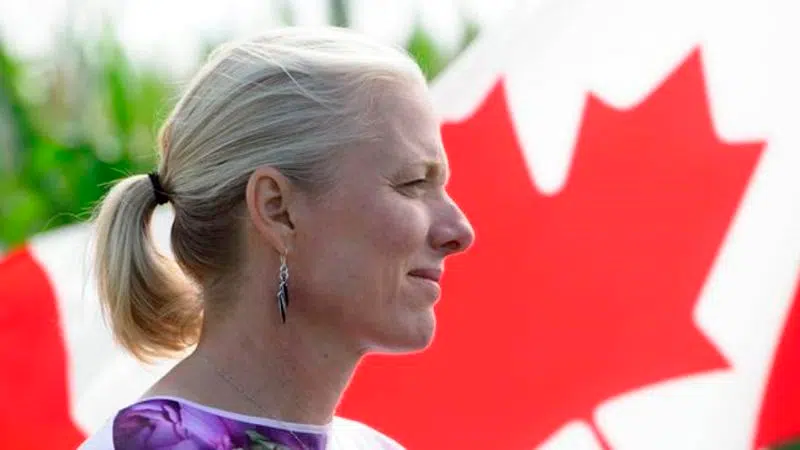
Calls to eat more plants, less meat also in line with food guide: McKenna
OTTAWA — A high-profile call to eat more plants and less meat in order to combat global warming is directly in line with Canada’s new food guide, which extols the health benefits of precisely such a change in diet, Environment Minister Catherine McKenna said Friday.
Standing in front of a cornfield at Ottawa’s Central Experimental Farm, McKenna was announcing $600,000 in funding for various agricultural innovations including bioplastics, using artificial intelligence for crop spraying, and creating a smart data hub for agricultural management.
But her event came the day after the United Nations Intergovernmental Panel on Climate issued a report on land use and climate change that warned the entire planet could be facing a global food shortage if people don’t step up their efforts to curb planet-warming greenhouse gas emissions.
“We know we need to reduce emissions from all sectors, that includes agriculture,” said McKenna.


